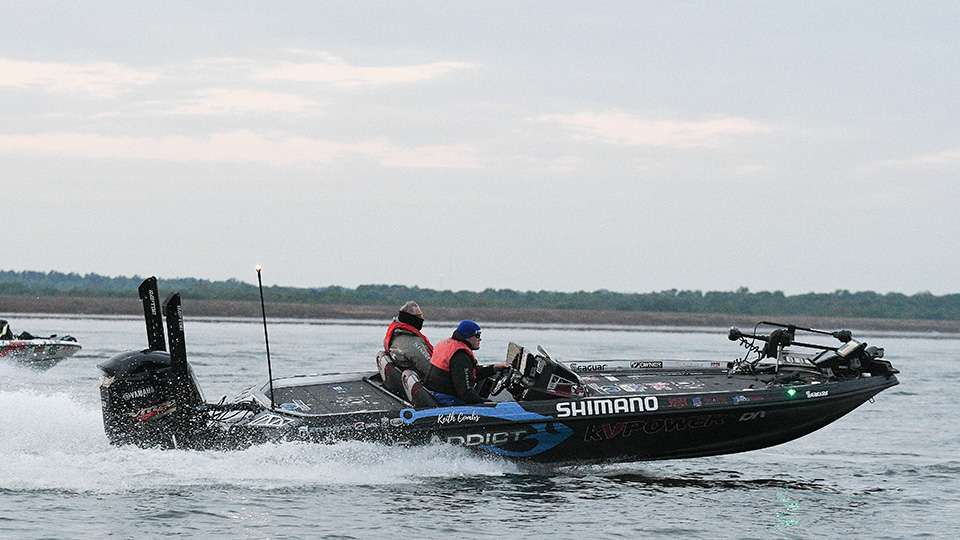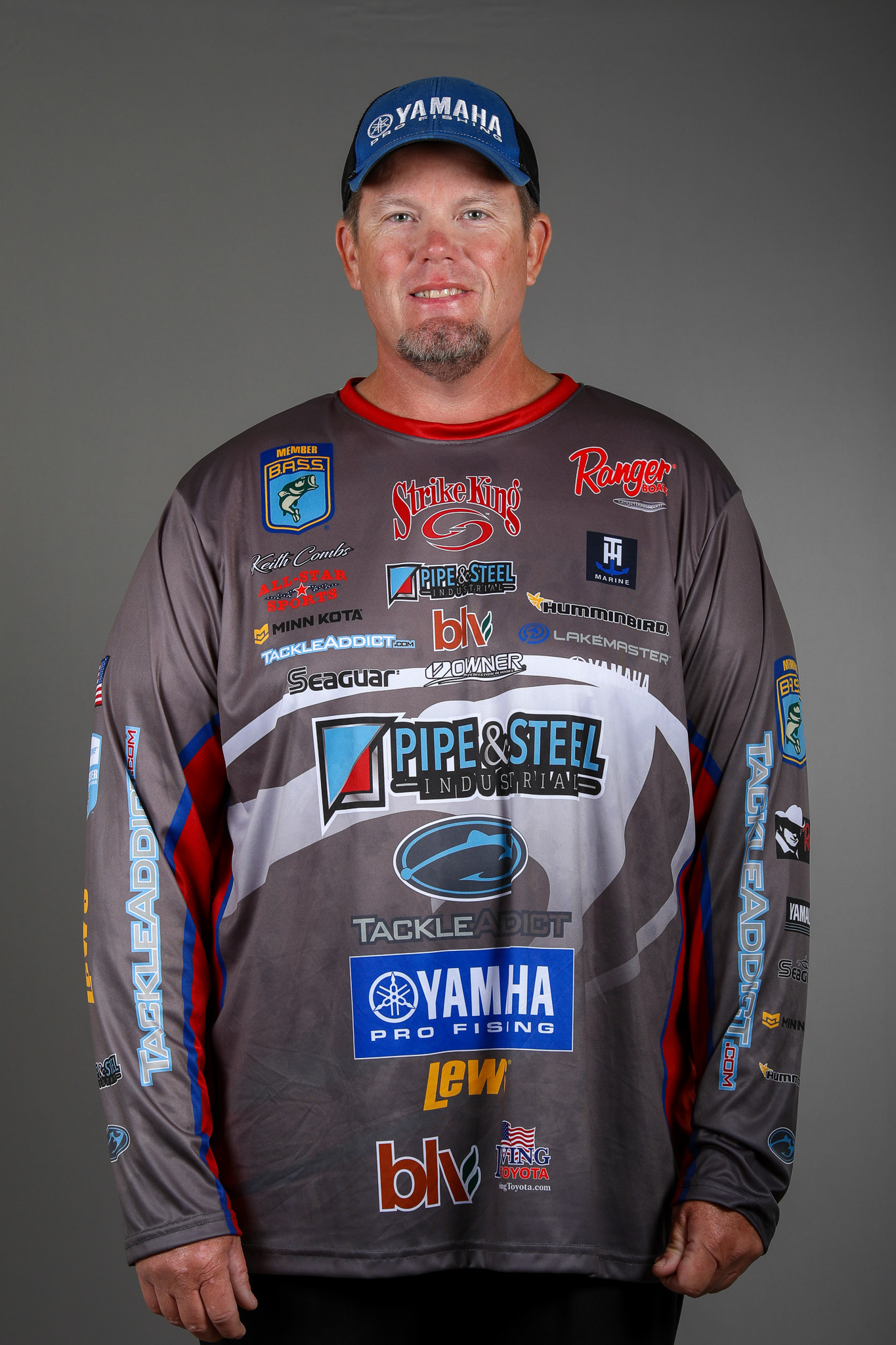
When I was growing up, it was accepted wisdom that when a cold front arrived the bass would go into shutdown mode. That’s a good excuse for not catching fish, but in recent years we’ve really refined the ways to catch bass after these fronts.
There’s no longer any reason to dread cold fronts. That’s a good thing, because this time of year everyone’s experiencing that type of flip-flopping weather, and it shouldn’t be a reason to stay off the water.
A lot of the solution comes down to your mindset. The first thing you need to do is get it out of your head that these weather patterns shut the fish down. In fact, once you know what you’re doing, sometimes they bite better after the front than they did before it. You just need to change what you’re doing.
It’s also about being ready for the changes. If I’m on a consistent bite for a week or so before the front arrives, and I know it’s coming, I’ll load some more types of baits in the boat and rig up some extra rods. You can never be too prepared.
Post-frontal conditions are when I get the most use out of my Humminbird electronics. That’s why I’ve become so much more confident in the past five or six years – the addition of 360, MegaLIve and high-quality side-imaging tools mean that you can no longer claim “they’re just not biting.” Now we have the ability to locate bass quickly and stay with them throughout the day.
For me, the dominant bite this time of year is around bass feeding on ganged-up shad. Before the front, when it’s cloudy and humid and windy – all conditions that trigger bites – there are typically lots of different ways to catch fish. The shad and the bass might be shallow, or they might be on flats or in creek channels.
After the front, however, the shad population gets condensed. They may sink down to the bottom or suspend, but you can bet that the bass will be right there with them. I go after them with a little Rage Swimmer, a Z-Too on a jig head or a jerkbait. Where and when it’s allowed, an Alabama Rig can also help you get healthy in a hurry.
Because my electronics have cut down the learning curve so much, these days my attitude is exactly the opposite of what it was growing up. Now my favorite days to fish in the winter are what we previously thought were the worst conditions.
When it’s cold and post-frontal, with bluebird skies, it’s possible to look at your map and find likely holding places. I’ll identify a few key channel bends and run a few of them to see where the bass are holding. That’s a lot easier than when the bass are strung out all over the lakes.
Remember, as long as the bass are still relating to bait, they’re still biting. There’s always a way to catch them; you just need to figure it out.
Unfortunately, we don’t get many true wintertime pro events anymore to test out who can flourish under these supposedly tough conditions. There was the early season Elite on Cherokee a few years ago, and we’ve had some frigid weather on places like Hartwell and the Tennessee River. That’s too bad, because it would be nice to showcase some of these skills and to demonstrate to the traditionalists that the old “truths” might have a few holes in them.





